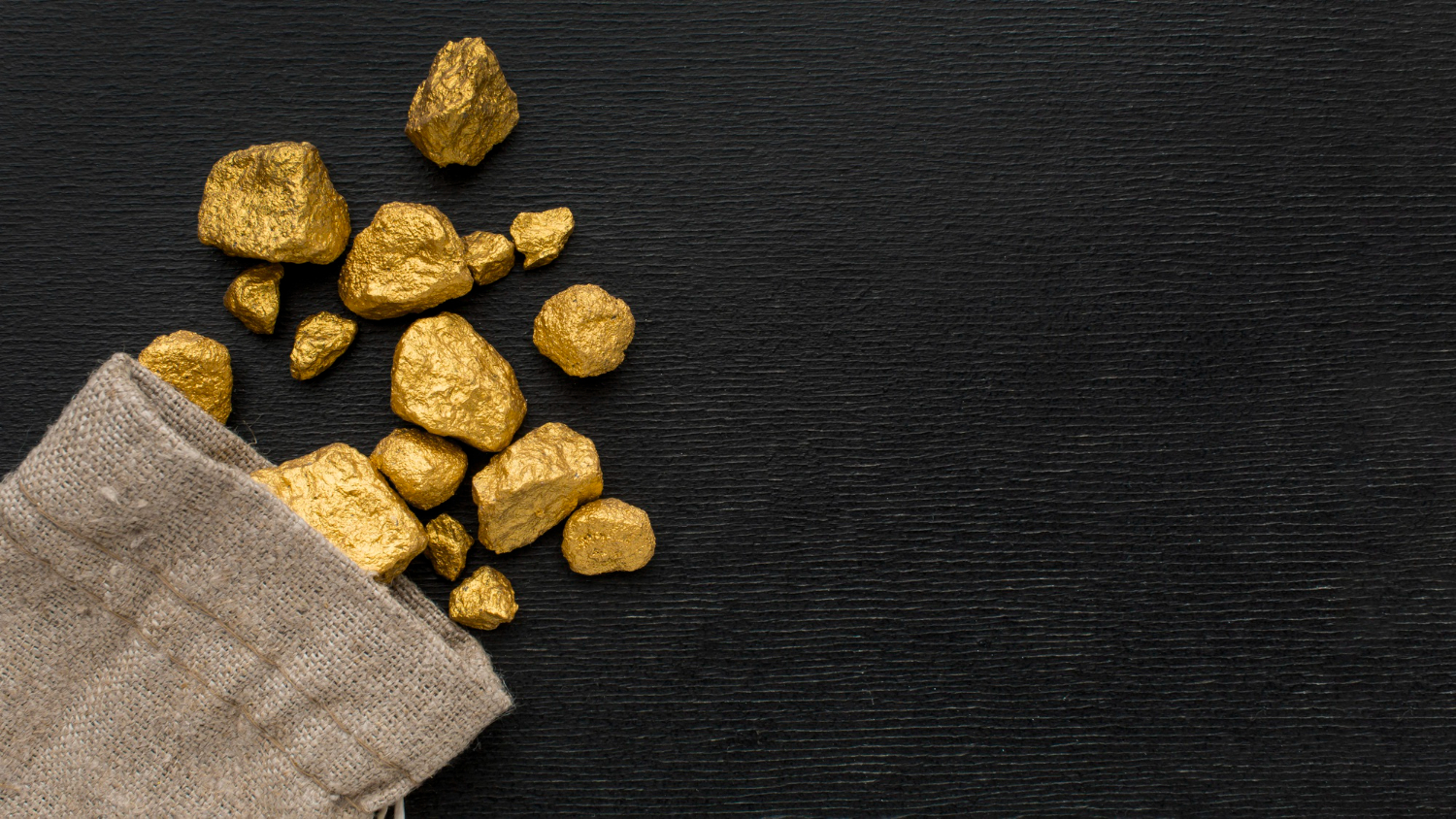If you’re planning to pawn your gold for quick cash, knowing how to spot fake gold is essential. Identifying counterfeit pieces before visiting a pawn shop can save you time, money, and frustration. At AJ’s Super Pawn, we prioritize transparency and aim to help you make informed choices. Here’s how to verify the authenticity of your gold before bringing it to our Pomona or Chino locations.
Common Signs of Fake Gold
Fake gold can often give itself away through visual inconsistencies or unusual characteristics. Here are some red flags to watch for:
- Discoloration: Genuine gold doesn’t tarnish or turn green; if your item shows discoloration, it may be fake or gold-plated.
- Magnetic Properties: Real gold is not magnetic, so if your jewelry responds to a magnet, it’s likely not solid gold.
- Weight and Feel: Gold is denser and heavier than most other metals. If your piece feels too light, it could be a replica or hollow.
By carefully inspecting your jewelry for these signs, you can eliminate obvious counterfeits.
Simple Tests You Can Do at Home
Before visiting a pawn shop, there are a few easy and cost-effective tests you can perform to verify gold authenticity:
The Float Test
Fill a cup with water and drop your gold item in. Genuine gold is dense and will sink immediately, while fake gold may float or hover due to materials like aluminum or plastic.
The Scratch Test (With Caution)
Gently scratch your item on an unglazed ceramic plate. Real gold typically leaves a golden streak, while fake materials often leave black marks. Be cautious, as this test may damage delicate pieces.
Vinegar or Nitric Acid Test
Apply a small drop of vinegar or nitric acid to a discreet area of your item. Real gold won’t react or change color, but fake gold may bubble or discolor. Use extreme care when handling acids and avoid doing this on valuable heirlooms.
These simple tests provide a quick way to uncover the nature of your gold without requiring professional tools.
Understanding Gold Markings and Karats
Gold items usually carry markings that indicate their purity and authenticity. Look for these common stamps and symbols:
- Karat Markings (e.g., 10K, 14K, 18K, 24K): These numbers represent the gold’s purity, with 24K being the highest. Be cautious of unusual markings or misspellings, as they could indicate counterfeits.
- Hallmarks: Trusted manufacturers often engrave their logos or identification marks on gold pieces, providing additional authentication.
When reviewing these markings, ensure your item matches the advertised karat level. Reputable jewelers or pawn shops, like AJ’s Super Pawn, are equipped to verify these details for you.
What Pawn Shops Look For When Verifying Authenticity
When you bring your gold to a pawn shop, professionals assess its value through various methods, including:





